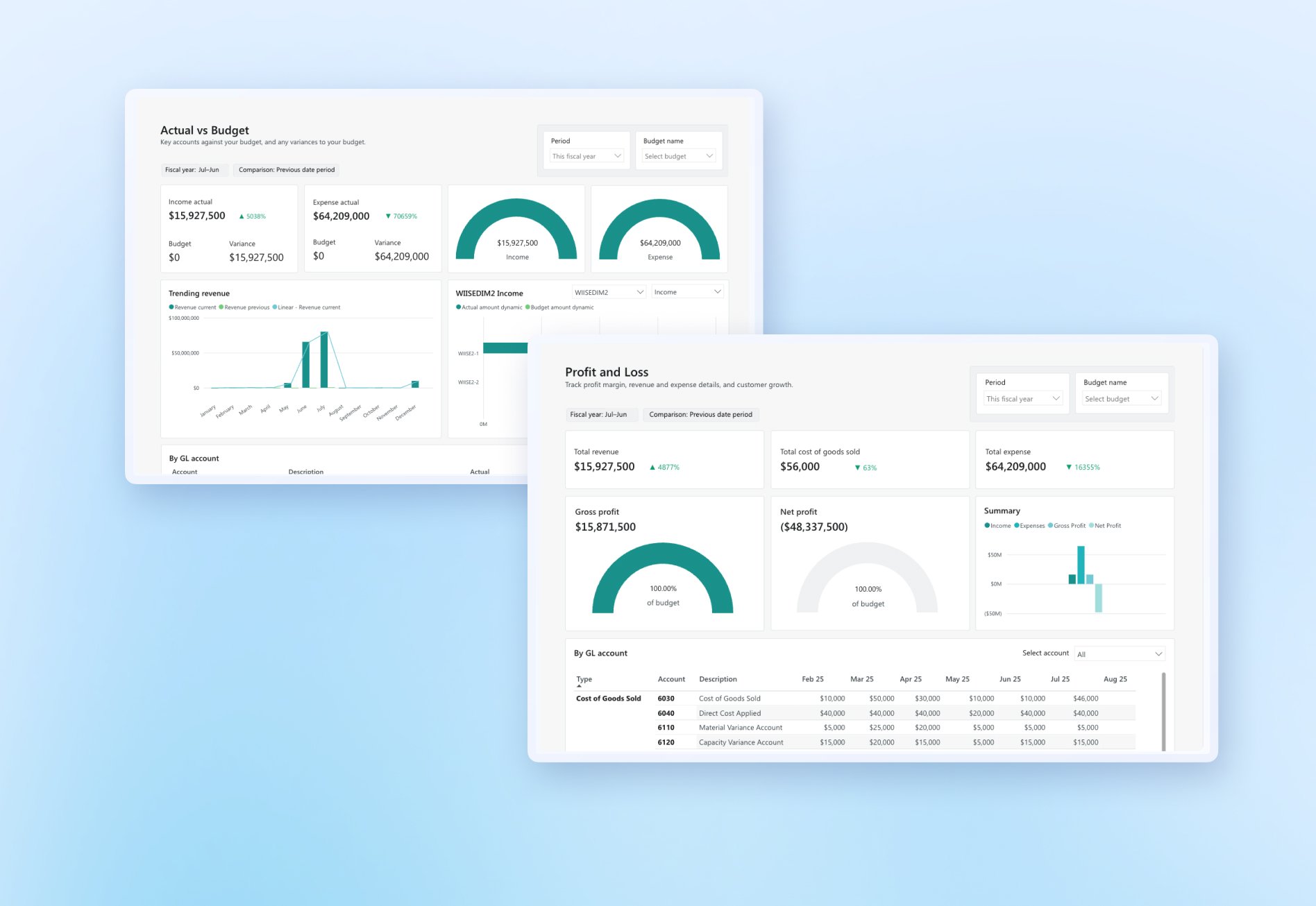Interacting with growing businesses at SMB Digital
Last week, I had the opportunity to speak at SMB Digital, the only event of its kind in Australia dedicated to small and medium-sized businesses. The two-day B2B event attracts decision-makers from a cross-section of industries and, personally, it was great to connect with so many growing organisations looking to use new technologies to streamline their businesses.
The theme at SMB Digital this year was 'Harnessing technology to increase profitability', which is at the heart of what Wiise does as an award-winning cloud ERP platform. On Day 2, I delivered a talk on supply chain resiliency for small businesses. I shared the stage with Illuminance Solutions CEO Nilesh Makwana and Wiise’s very own Ron Gounder. Given small and medium-sized businesses were hit really hard by the pandemic, our talk focused on how cloud-based tech can support their post-pandemic recovery.
Small businesses hit hard by the pandemic
Wiise partner Illuminance Solutions has seen, first-hand, the compound impact uncertainty can have on growing businesses, especially when they don't have good data to help them make informed business decisions. One of their customers is a flower farm that supplies cut flowers to local florists. When Western Australia's state-wide lockdown was announced in March, the business turned risk-averse after having already suffered losses from Valentine's Day being overshadowed by COVID-19 restrictions. They decided to stop growing their specialty flowers and only planted those that would sell easily to get through the 'lean period'. And to reduce their operating expenses further, they also laid off a lot of their staff.
However, WA's first lockdown ended just in time for Mother's Day, which caused a spike in orders, but without the headcount and without the product, the business missed out on what could have been a profitable event. The takeaway? Without good data, decision-makers assume the worst and make risk-averse decisions that can take a long time to recover from.
To be more agile in the face of change, businesses today need an end-to-end cloud-based solution that goes beyond the operational mechanics of orders, invoicing, finances, and inventory management. A solution that seamlessly integrates with other business tools, can automate and streamline processes, and, crucially, provide AI-driven predictions based on real-time business data.
What supply chain resiliency means for small businesses
Industry experts are predicting that the knock-on effects of the global supply chain crisis will continue to be felt well into 2022 and beyond. This makes adopting a new operating model that effectively transforms the supply chain crucial for businesses looking to be more resilient in a volatile market. Recent research* indicates that 79% of supply chain leaders think that an internet or platform-based approach was a critical aspect of this ‘new operating model’.
For a growing business, supply chain resiliency comes down to having accurate real-time business data, having adequate risk management capabilities, and cloud infrastructure that allows it to be more agile and responsive to changes. Some key questions that businesses need to be asking themselves in the current climate are:
- Is my supply chain initiative focused on customer experience metrics?
- Does my end-to-end supply chain function as one virtual organisation?
- Can I see my total demand and supply picture at any point in time?
- How quickly can I identify and respond to a potential supply continuity issue?
- Are product movements driven by actual demand or by forecasted demand?
Integrated supply chains help you be resilient in the face of change
For small and medium enterprises, supply chain resiliency is another word for safeguarding your business against disruptions. And technology is right at the centre of it.
During periods of uncertainty, Wiise customers were able to benefit from real-time visibility over their supply chain. With planning tools in Wiise, they were able to order with accuracy, respond to changes in demand, and ensure they weren't overstocking inventory or leaving customers unhappy. Being able to see the lead times on SKUs allowed them to prevent cash flow erosion.
How you can turn your supply chain into a true value lever
With the market, and customer expectations, having changed dramatically in the past two years, supply chains now have a significant opportunity to become a differentiator for organisations by functioning as a critical enabler of front-office business. Here are the three key takeaways for businesses looking to transform their supply chain function:
- In an increasingly customer-centric world, businesses can no longer afford to have supply chains that are disconnected from the rest of organisation.
- Intelligent supply chains, integrated across the organisation, can help businesses leverage customer insights and data to enhance demand forecast and fulfilment strategies.
- Implementing a supply chain target operating model will allow the supply chain to be transformed to deliver value to customers and the business itself.
*Source: Gartner, Future of Supply Chain 2021




